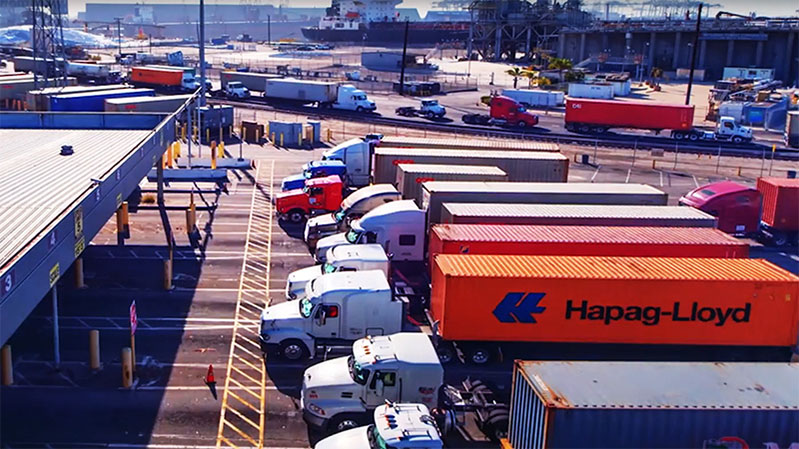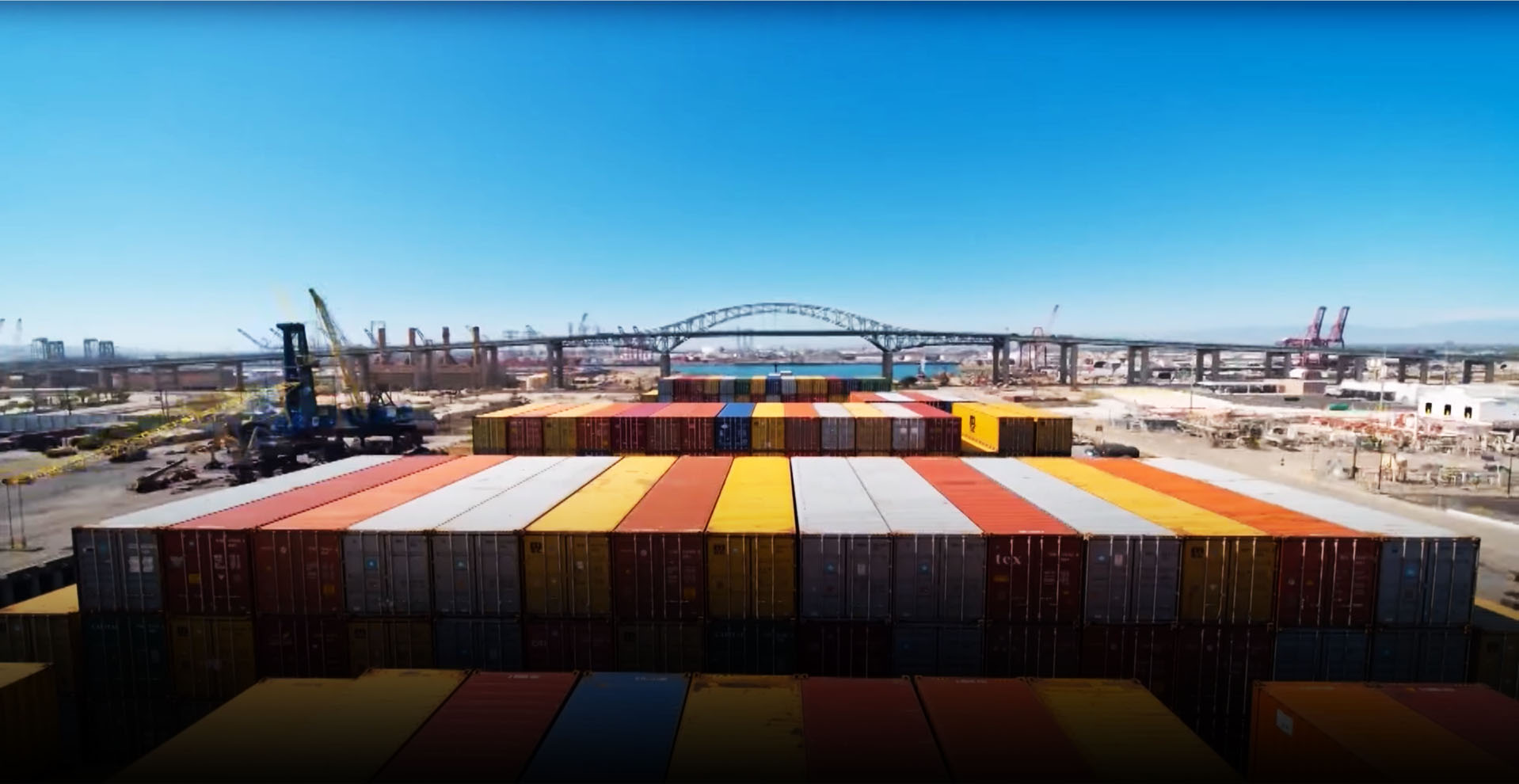Research Projects
Stop the VideoResearch Projects


STATUS: Complete
YEAR: 2017
TOPIC AREA: Transportation planning, policy, and finance
CENTER: PSR
Where Households Move: Tracking Household Moves Associated with Rail Transit Station Openings in Los Angeles County
Project Summary
Project number: PSR-19-SP83Funding source: California Community Foundation
Contract number: BA-17-137531
Total cost: $65,000
Performance period: 1/1/2017 to 6/30/2018
Project description
This study is part of a broader effort supported by the California Community Foundation to understand the consequences of rail transit investments in terms of population displacement. It follows on a series of recent reports documenting station areas' demographics (Boarnet et al., 2015), measuring the effects of rail stations on neighborhood change (Boarnet, Bostic et al., 2018), and describing spatial patterns of residential moves from Metro stations (Boarnet, Bostic et al., 2017a; 2017b).
In this study we further expand the latter component-describing spatial patterns of residential moves-by providing a systematic account of households' destination flows after moving away from a transit station neighborhood. The study population includes all households who moved away from a Metro rail transit station between 1993 and 2013. We consider the five lines and 80 stations constitutive of the Metro system at the end of the study period.
Building on previous literature arguing that negative consequences of displacement disproportionately affect people of low-income and minority neighborhoods (Jelleyman & Spencer, 2008; Morris et al., 2018; Goldsmith et al., 2017; Cox et al., 2017), we specifically compare spatial move patterns by income group, Metro line, and transit neighborhood, defined as a 5-digit zip code area containing a Metro station. Furthermore, we assume that low-income households are prone to greater transit dependence (Giuliano, 2005) and that moving away from a transit station neighborhood might represent a loss in terms of transit access, unless households move to a transit-rich area. Therefore, we investigate whether move destinations, especially that of low-income movers, are located near transit. Finally, building on concurrent work showing evidence of significant displacement from most lines of the Los Angeles' Metro system (Boarnet, Bostic et al., 2018), we look at the evolution of move destinations and distances over time, and we compare the pre- and post-rail station opening periods.
The present report is organized as follows. Following a brief presentation of our data and method, we summarize and illustrate our key findings in response to the research questions mentioned above. Throughout the report we refer to the entire set of descriptive tables and maps we produced as an extensive output of this study (see Appendix).
P.I. NAME & ADDRESS
Marlon BoarnetSenior Associate Dean, Academic Affairs; Professor & Director of Graduate Programs in Urban Planning, Sol Price School of Public Policy
650 Childs Way
Ralph and Goldy Lewis Hall (RGL) 301CLos Angeles, CA 90089-0626
United States
boarnet@usc.edu
CO-P.I.
Raphael BosticProfessor, Sol Price School of Public Policy
650 Childs Way
Ralph and Goldy Lewis Hall 201CLos Angeles, CA 90089-0626
United States
bostic@usc.edu
Seva Rodnyansky
Assistant Professor, Urban and Environmental Policy
1600 Campus Road
UEPI 203Los Angeles, CA 90041
United States
srodnyansky@oxy.edu















